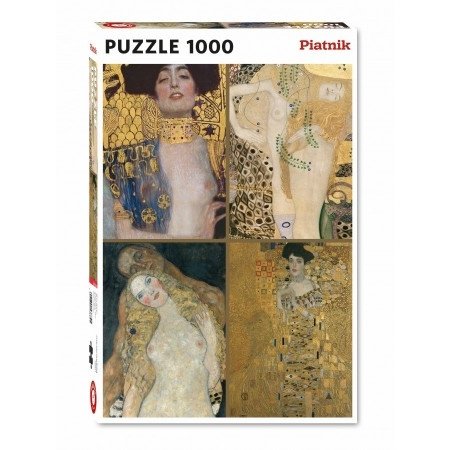Paradise puzzle from Brueghel and Rubens
- Product description
- Reviews
Brueghel probably took the initiative for the artwork. Paintings of paradise had been one of his specialties since 1594. In total he made at least 106, whereby Adam and Eve often remained small figures in the background and all attention was focused on the paradisiacal landscape with its exuberant flora and fauna. Early in his career, around 1596, he also painted, together with Hendrick de Clerck, a scene that strongly resembles The Earthly Paradise in the Mauritshuis.
Adam and Eve are prominent on the left side of the painting. They are under the tree of the knowledge of good and evil in which not only apples but other fruits grow. Eve gives an apple to Adam, while she picks a new one with her other hand. Adam's posture is derived from the Torso Belvedere , which Rubens had seen in Rome and used regularly in his works. A monkey at the bottom left has already started to eat an apple, a symbol for sin. However, a bunch of grapes can also be seen above Adam's head. This symbol refers to the crucifixion of Christ and thus to the remission of original sin. On the other side of the brook is the tree of life [1] , also full of fruits and birds.
After Brueghel had indicated the composition in a rough sketch, Rubens was the first to set to work. He painted Adam, Eve, the brown horse, the snake and the rock on which Adam sits. This can be established because the painters used a very different style. Where Rubens worked with several transparent layers of paint, Brueghel applied the paint opaque, leaving the individual brushstrokes visible.




